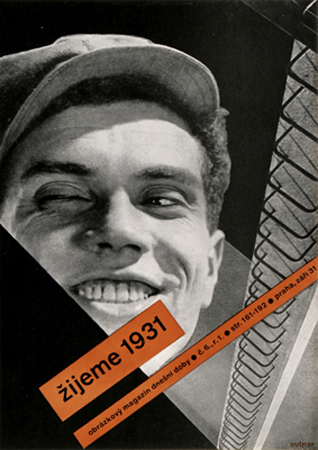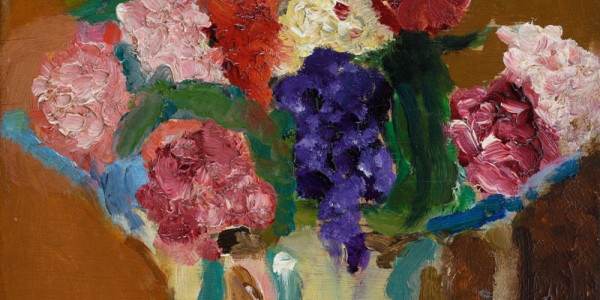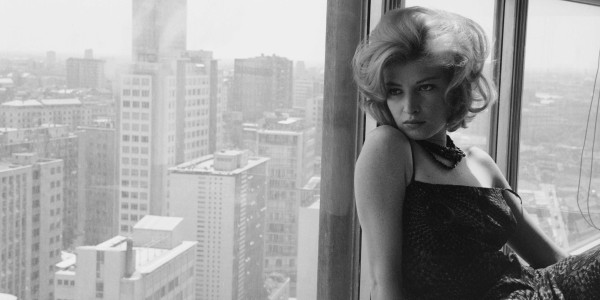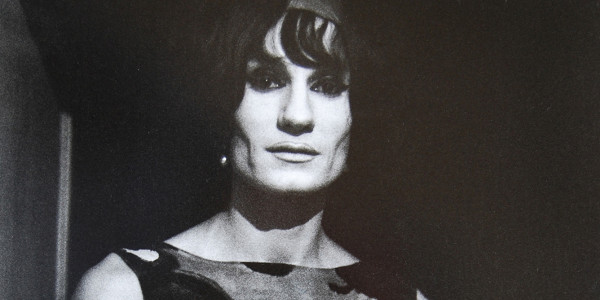The manipulation of photographic imagery is as old as photography itself, but the modernist conception of photomontage was a radical extension of techniques and creative attitudes that first emerged in Cubist, Futurist and Dadaist collage, in which cut-out photographs and fragments of newsprint from illustrated journals were pasted into drawings and paintings.
This method of combining and manipulating photographic elements was developed towards the end of the First World War by Dadaists in Berlin such as John Heartfield, George Grosz, Johannes Bader and Hannah Höch. Simultaneously, in Moscow young Constructivist artists such as Gustav Klucis, Varvara Stepanova and El Lissitzky began to incorporate photographic images into their works. The choice of the term ‘photomontage’, full of modernist connotations and derived from engineering and film editing, set the technique apart from traditional artistic practices.
Artists and public alike realised that photomontage was charged with a new kind of conceptual clarity, poetic energy and visual power. Flexible, fast-witted and sharp-edged, they were exceptionally effective in the context of the modern media of mass communication. New printing systems like photogravure and lithography aided the production and distribution of such imagery in magazines and advertising. A public much taken with the cinema welcomed the dramatic time shifts and spatial illusions photomontage added to the printed page. Like cinema, photomontage spoke to the masses.
In the 2000s photomontage enjoyed something of a revival as contemporary artists experimented with new technology. Advances in digital photography and computer-generated special effects have resulted in new kinds of composite photographic works. Curated by Lutz Becker, Cut & Paste provided a rediscovery of the sources of modern image making, exploring the work of the great predecessors and innovators who created photomontages by physical means with scissors, scalpel and retouching brush.
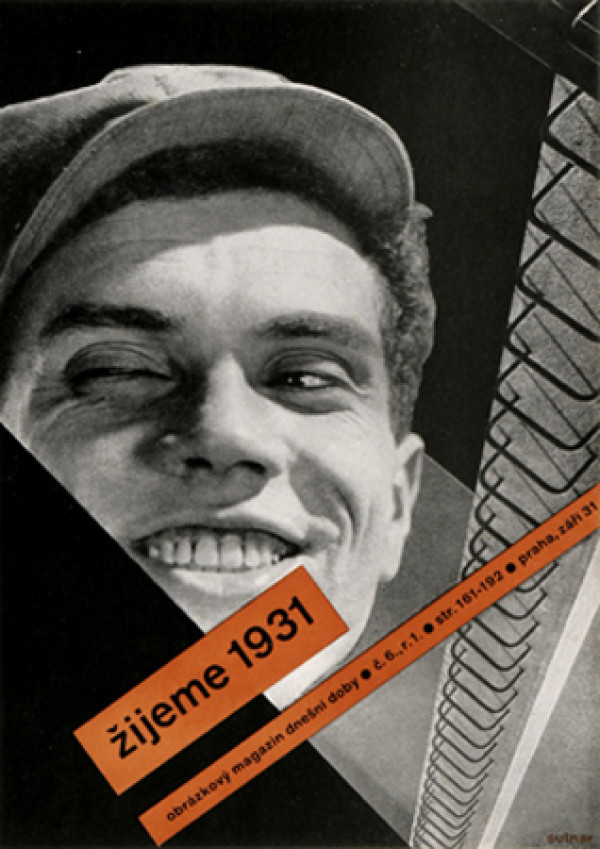
See our current exhibitions
Find out more...Discover the programme of future exhibitions
Find out more...Discover our past exhibitions
Find out more...